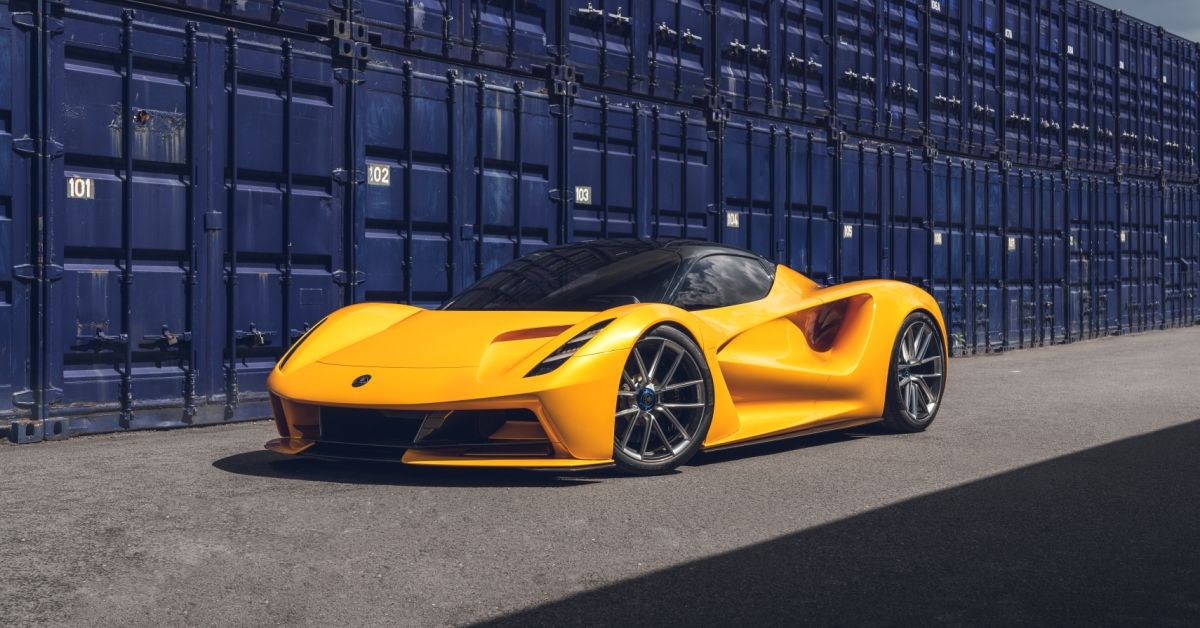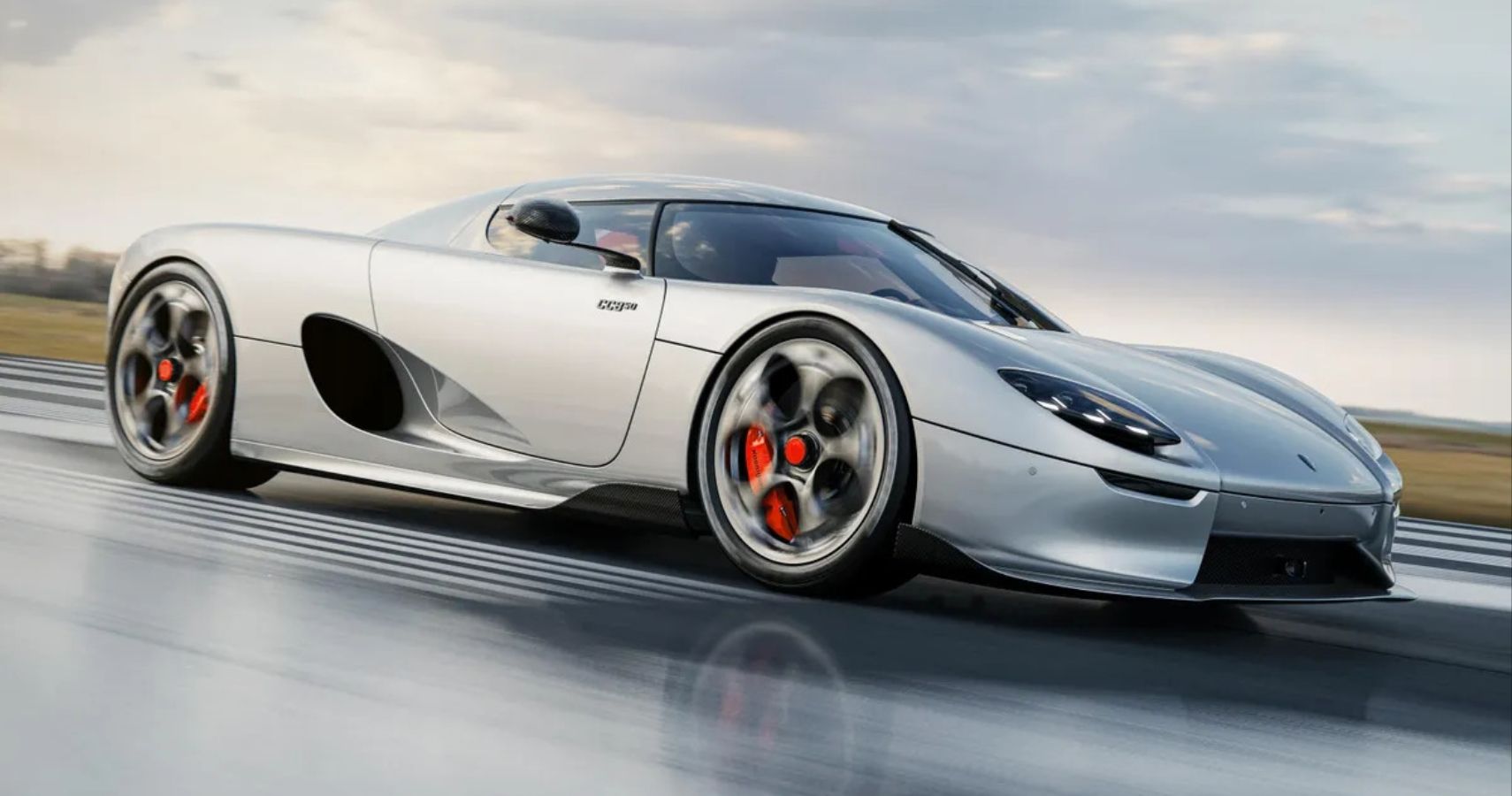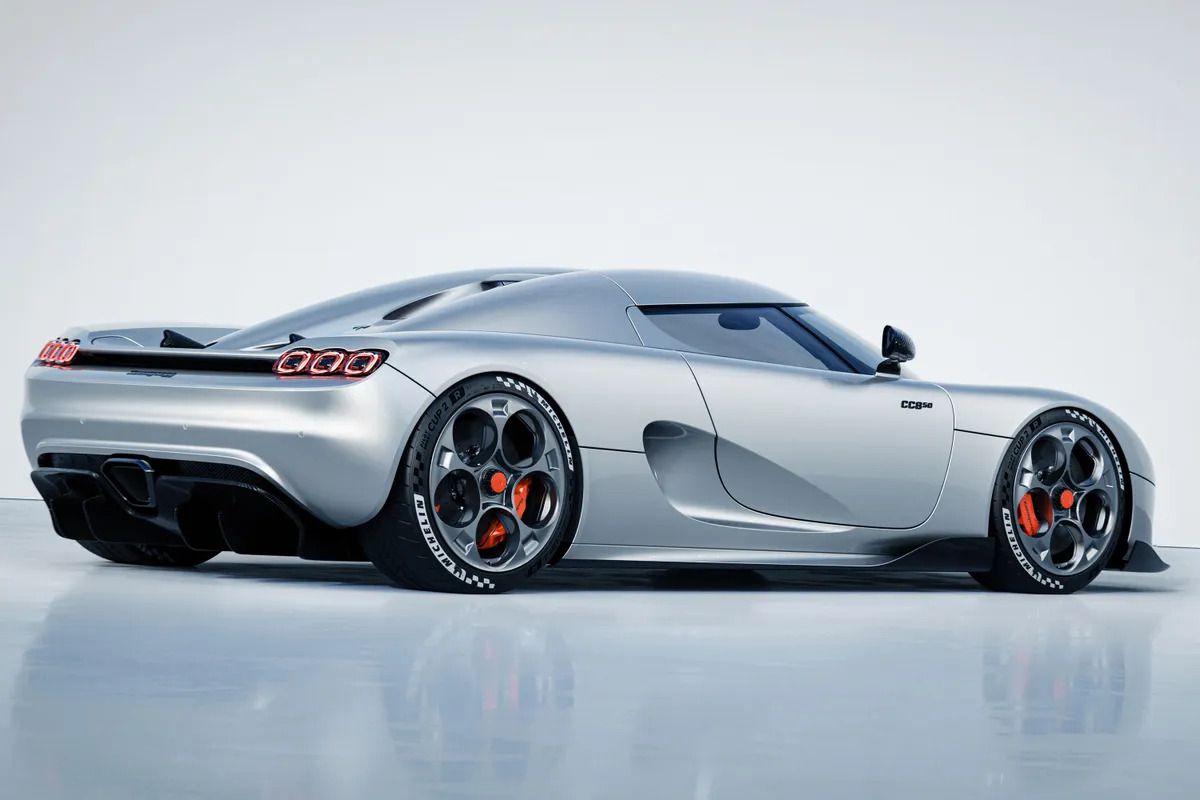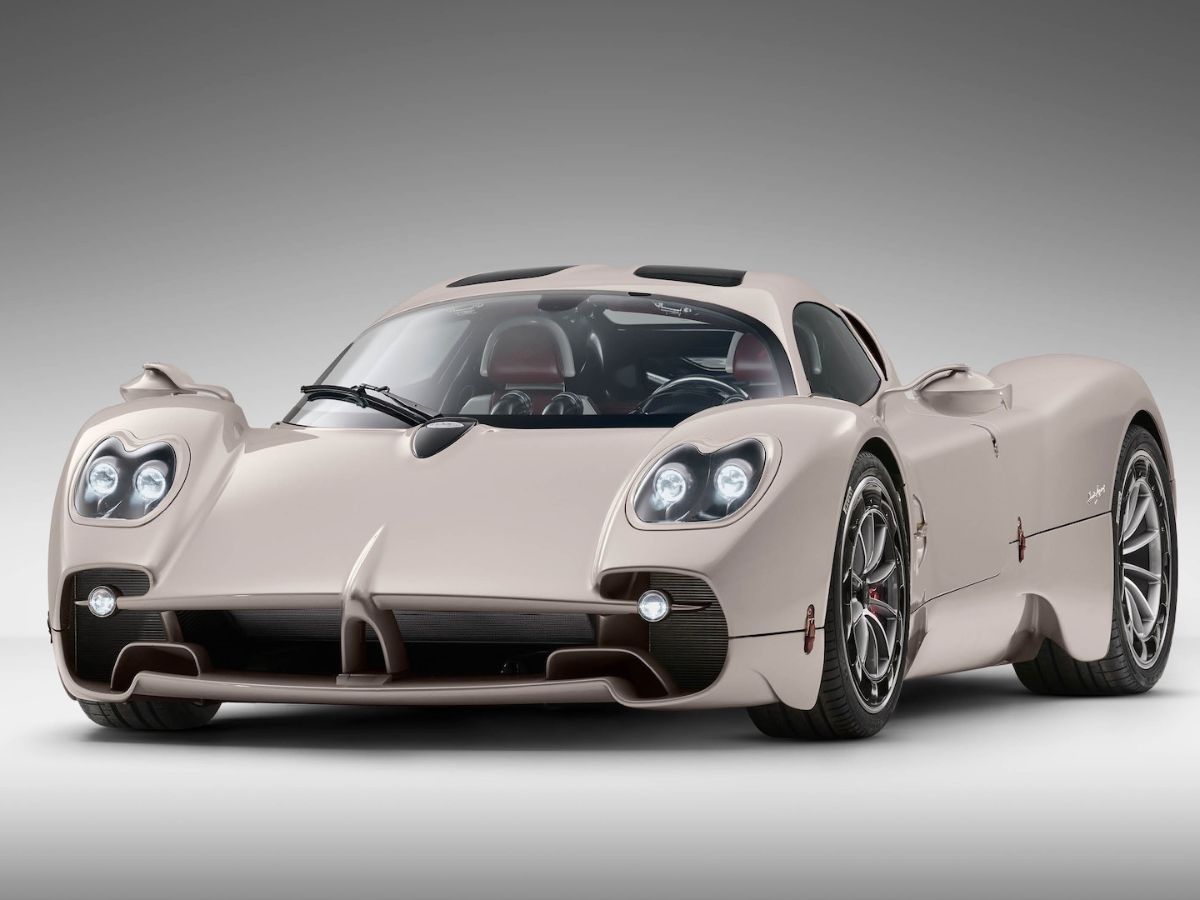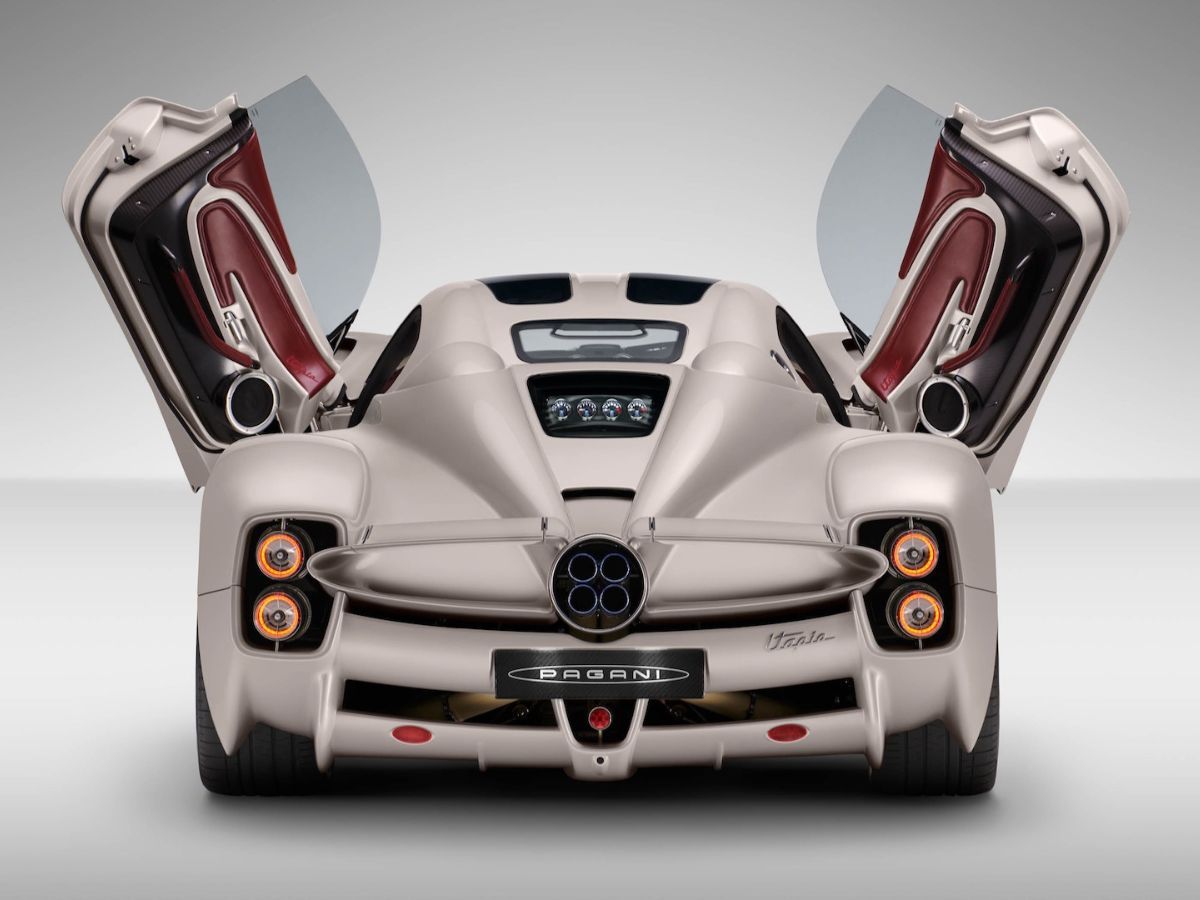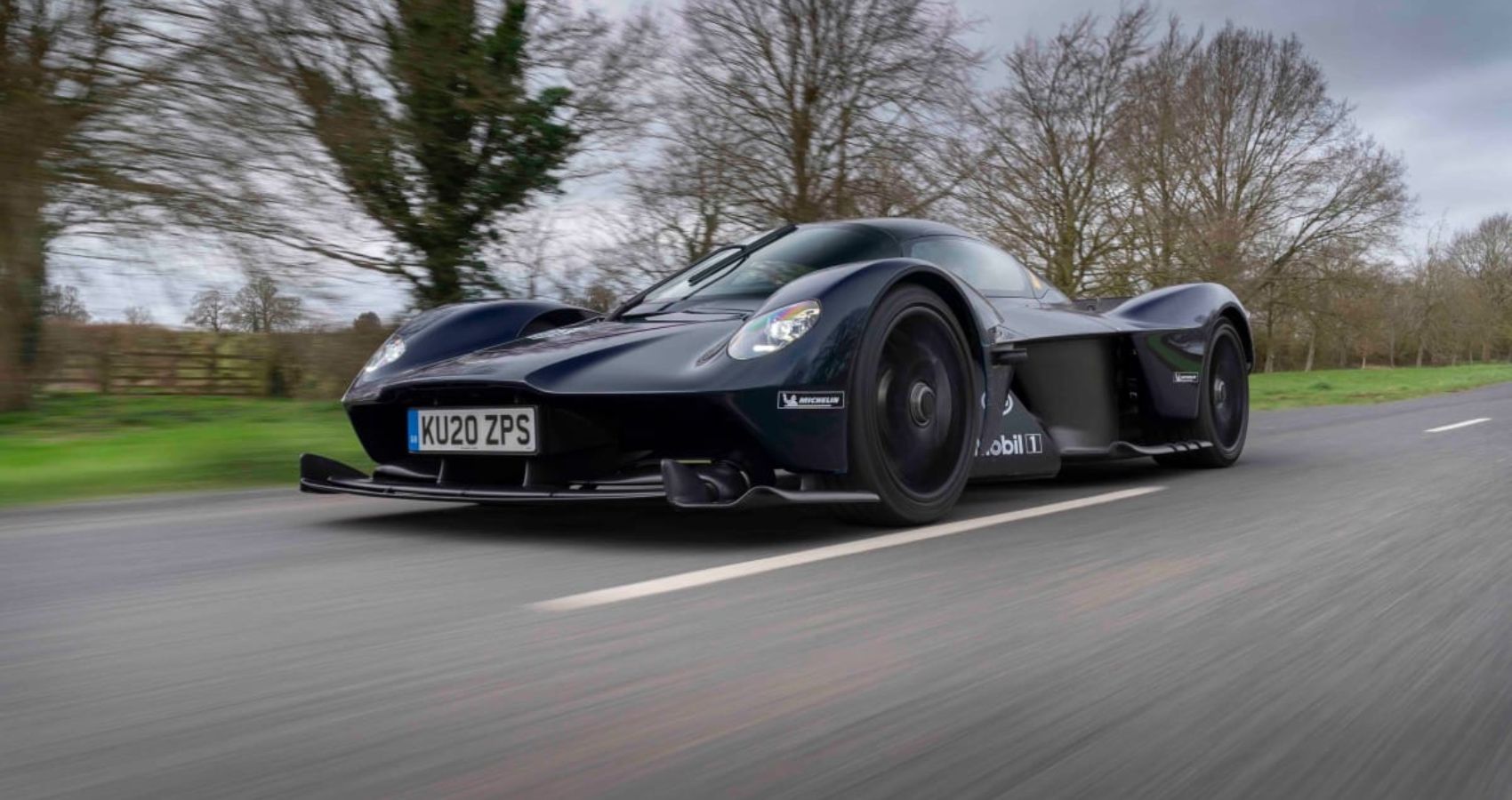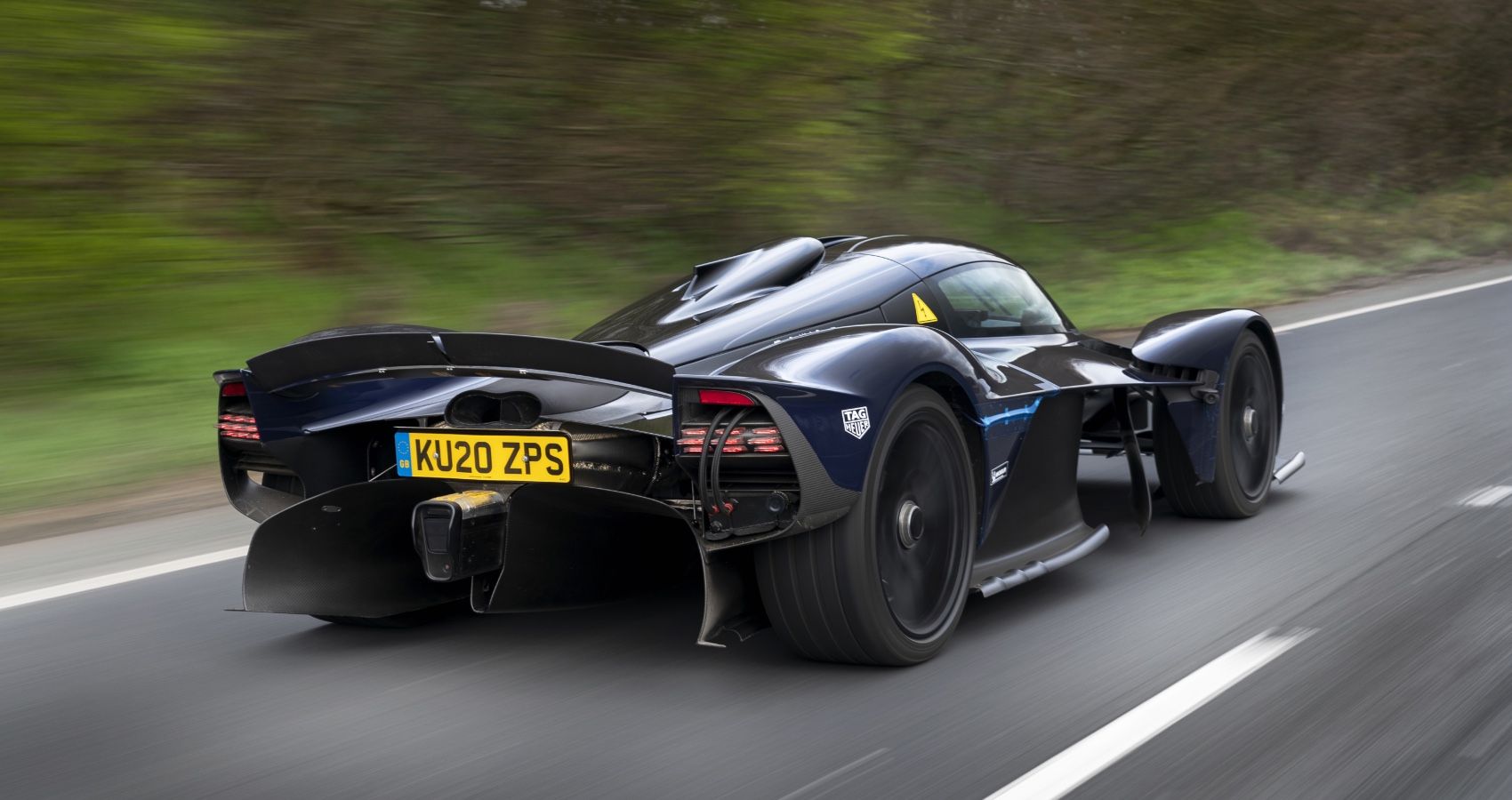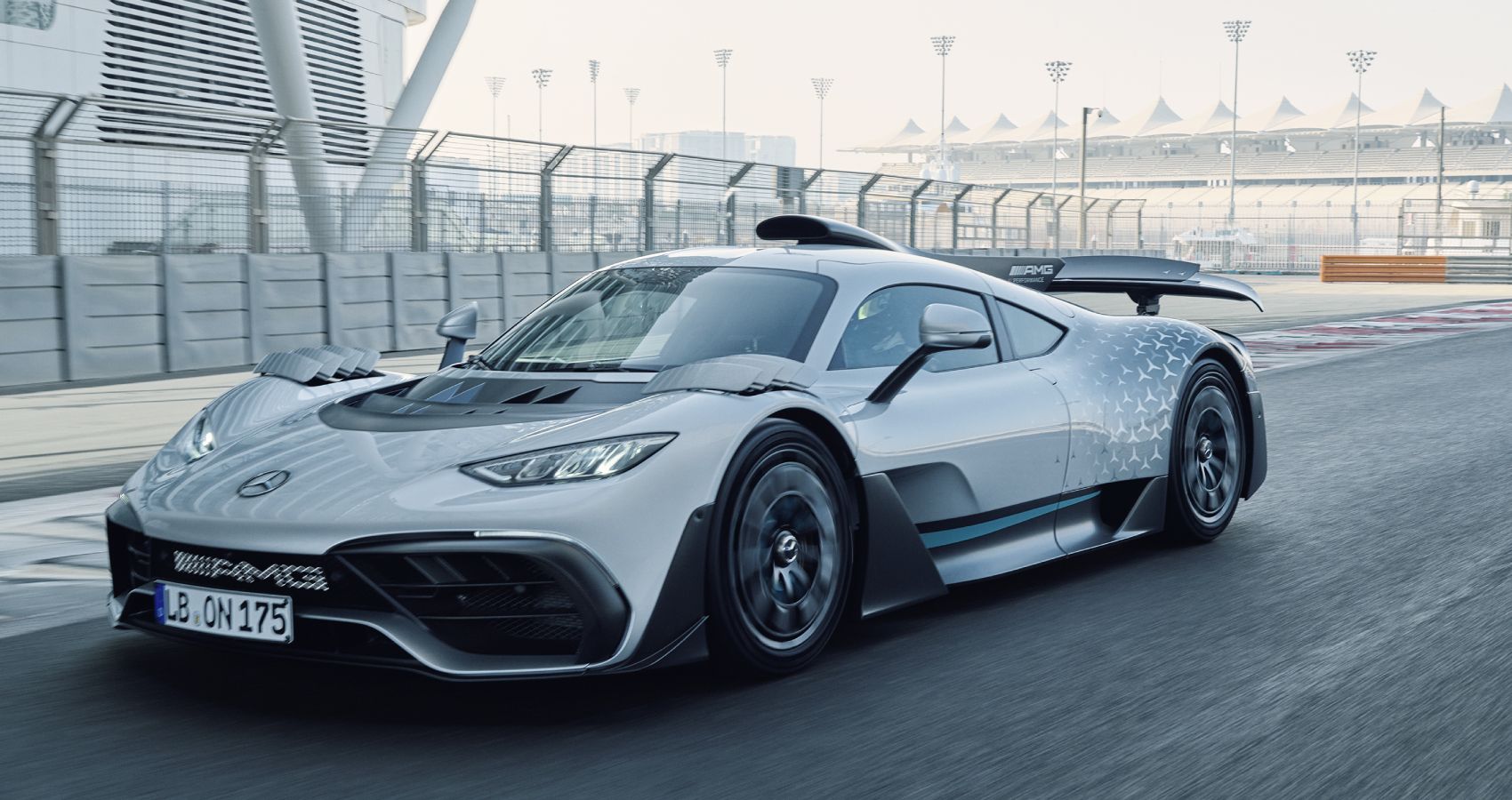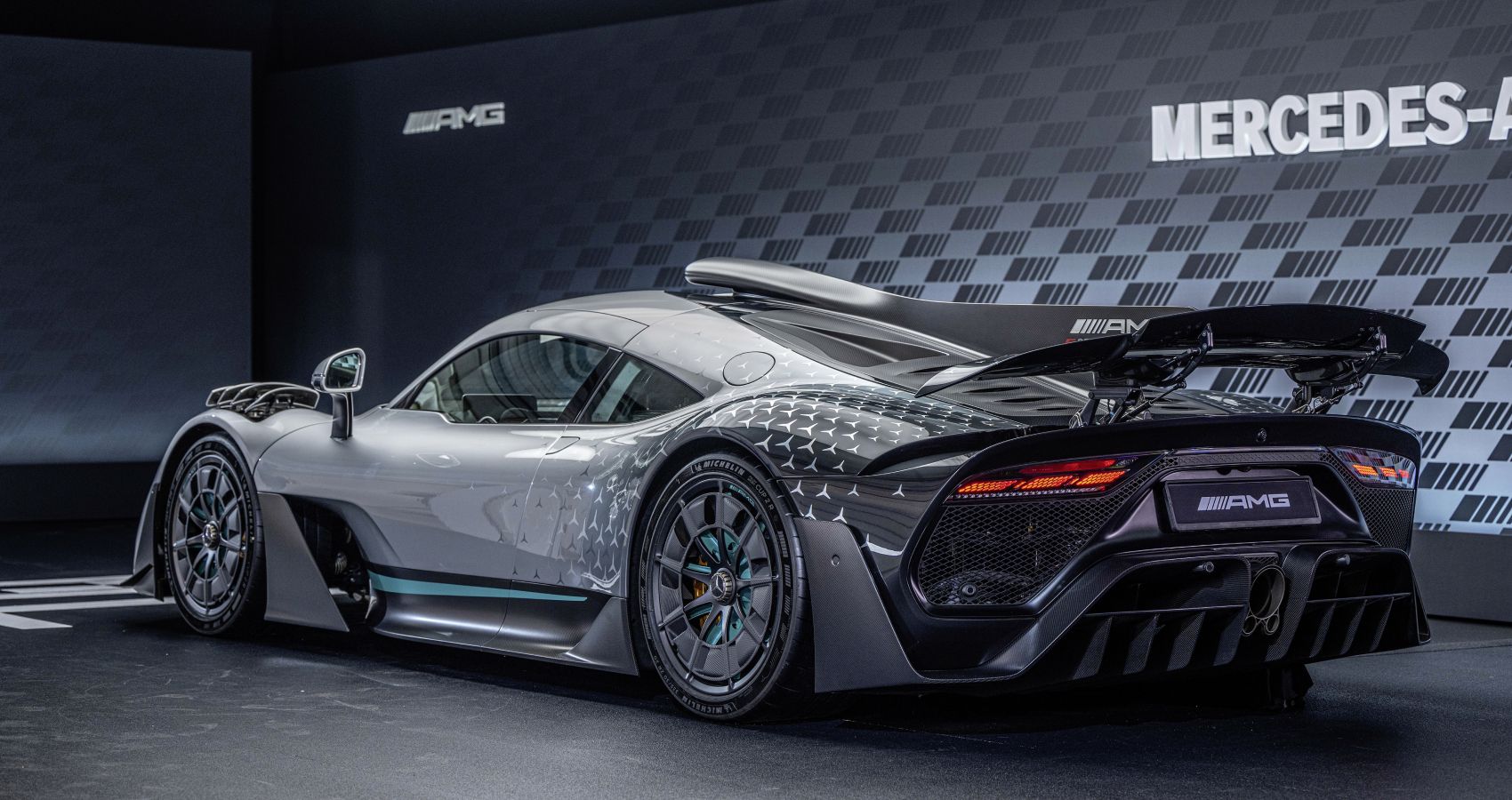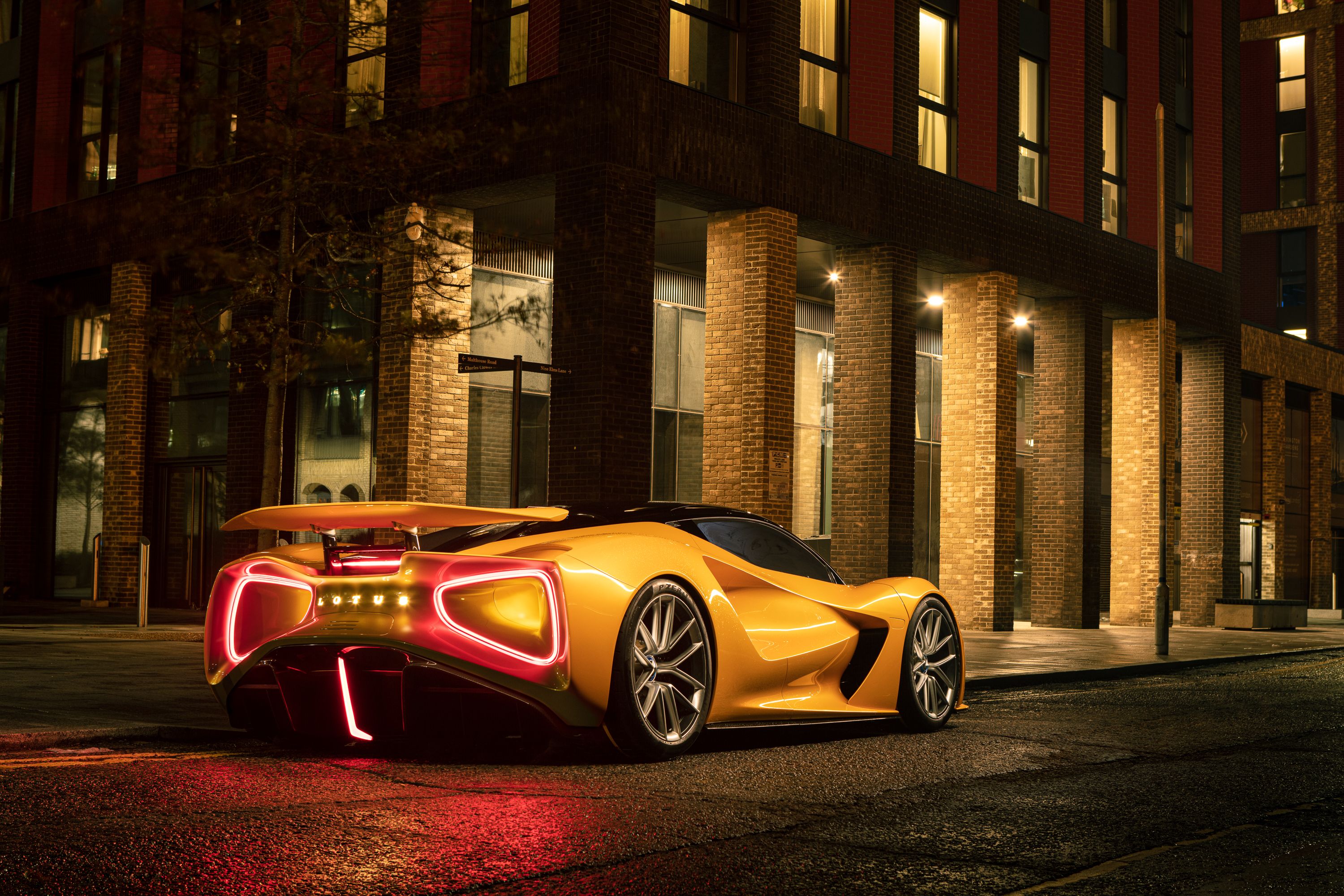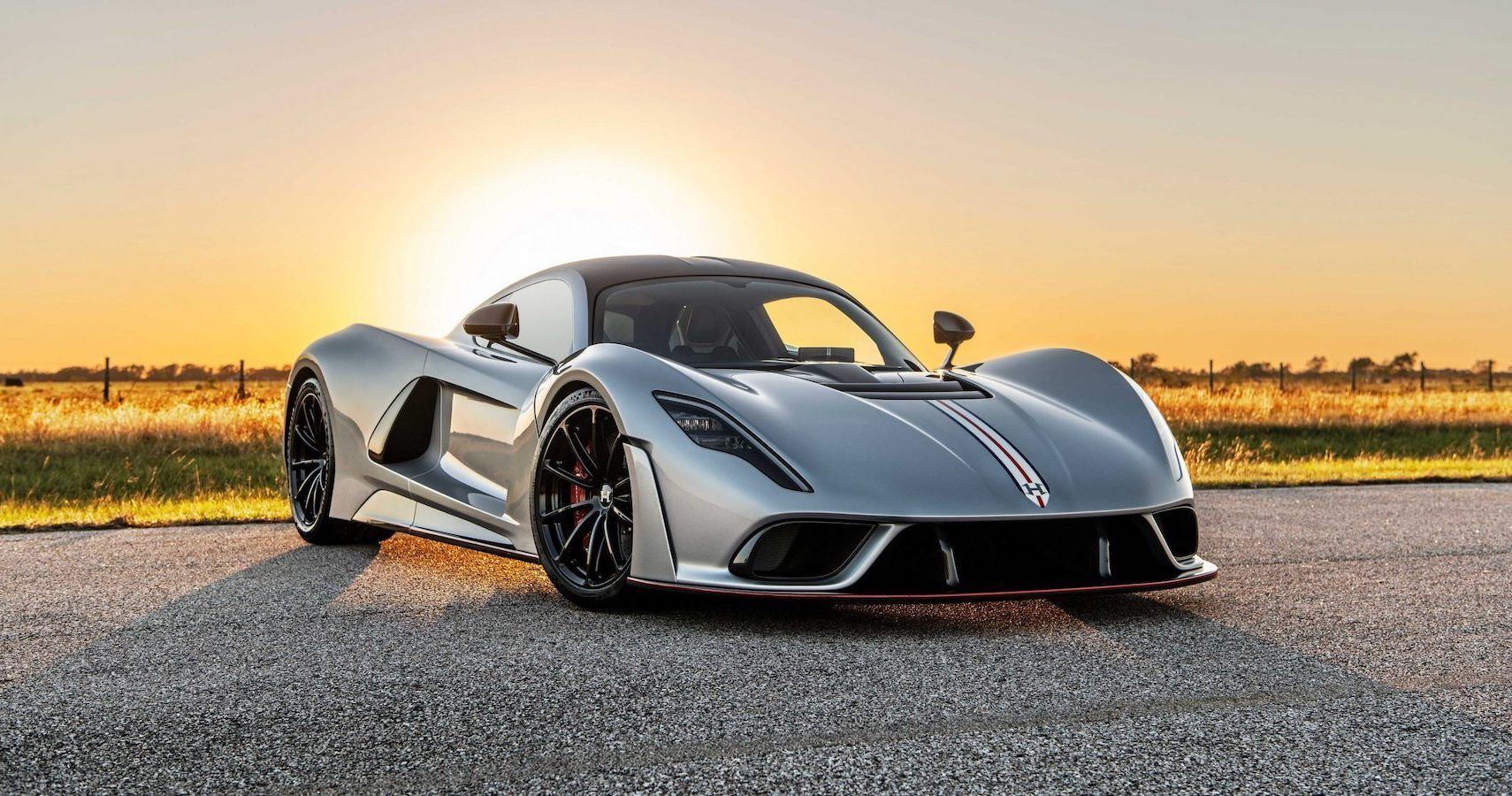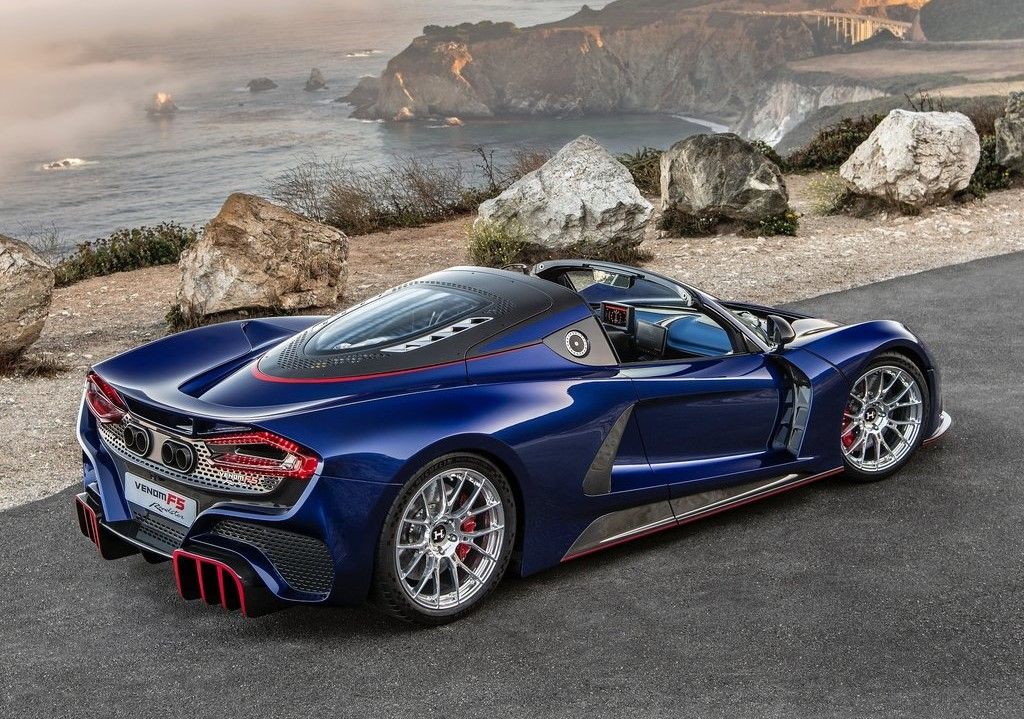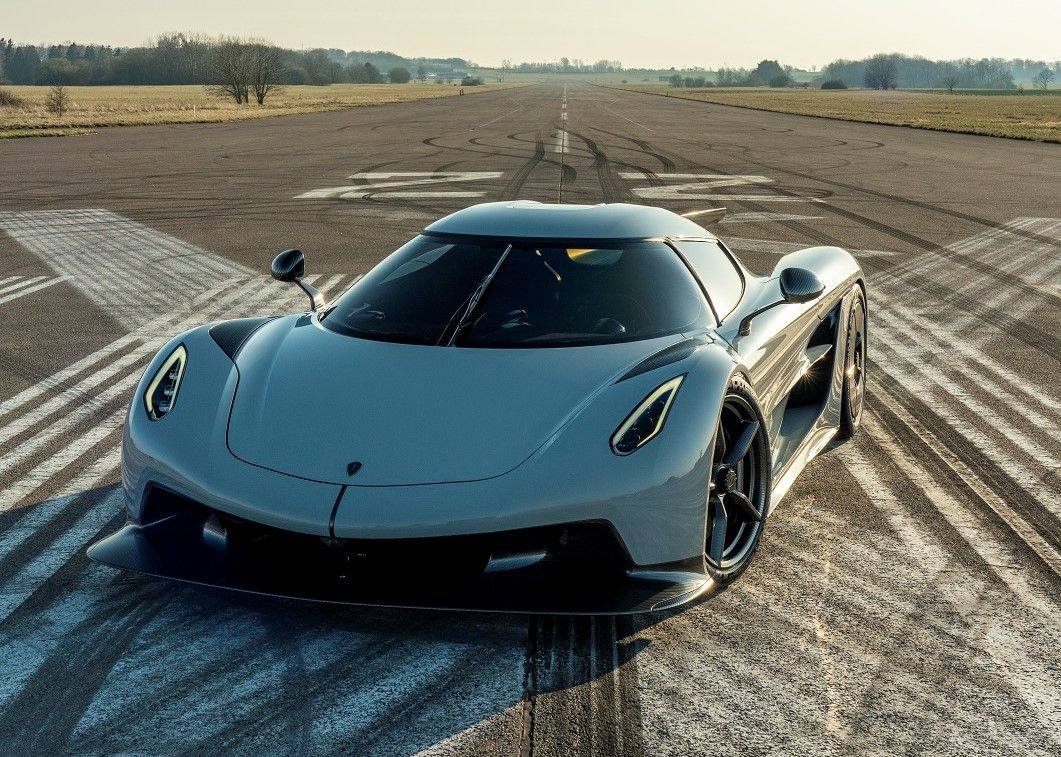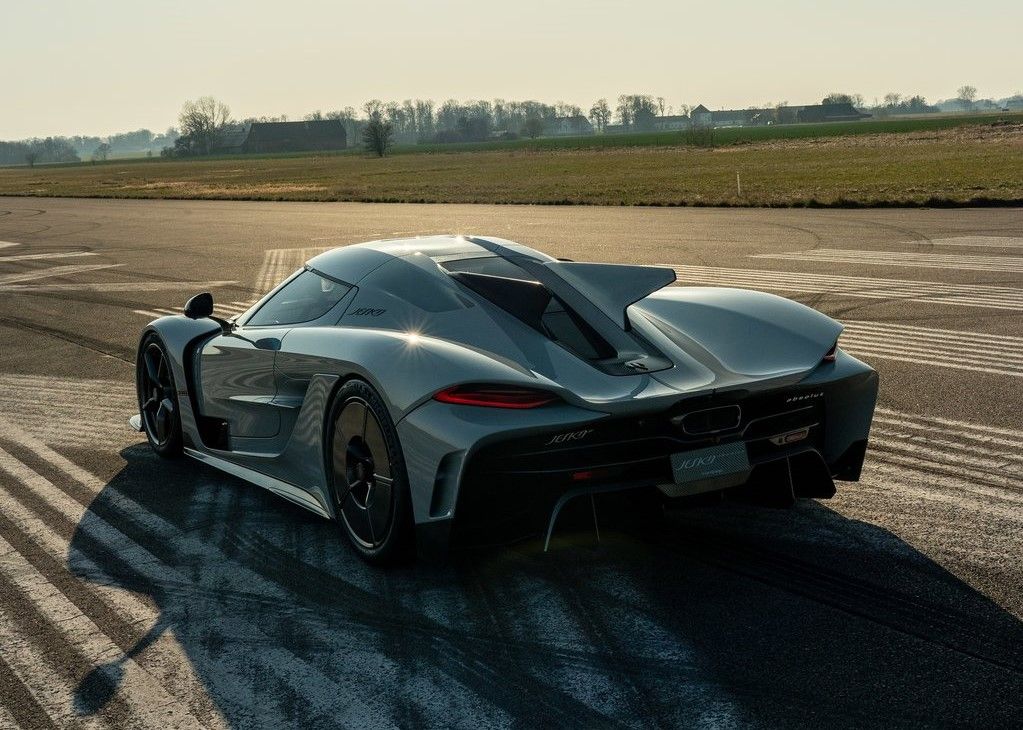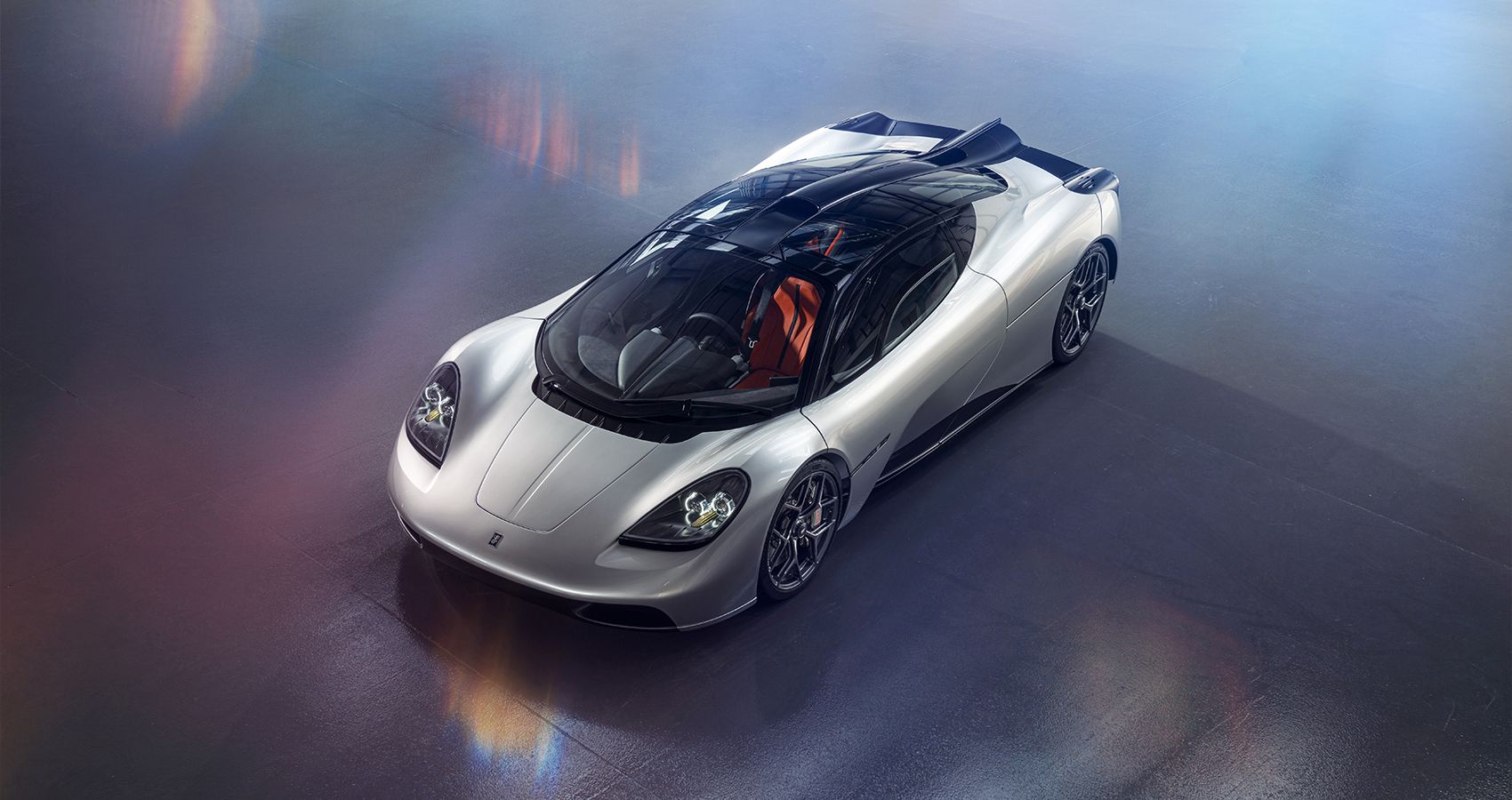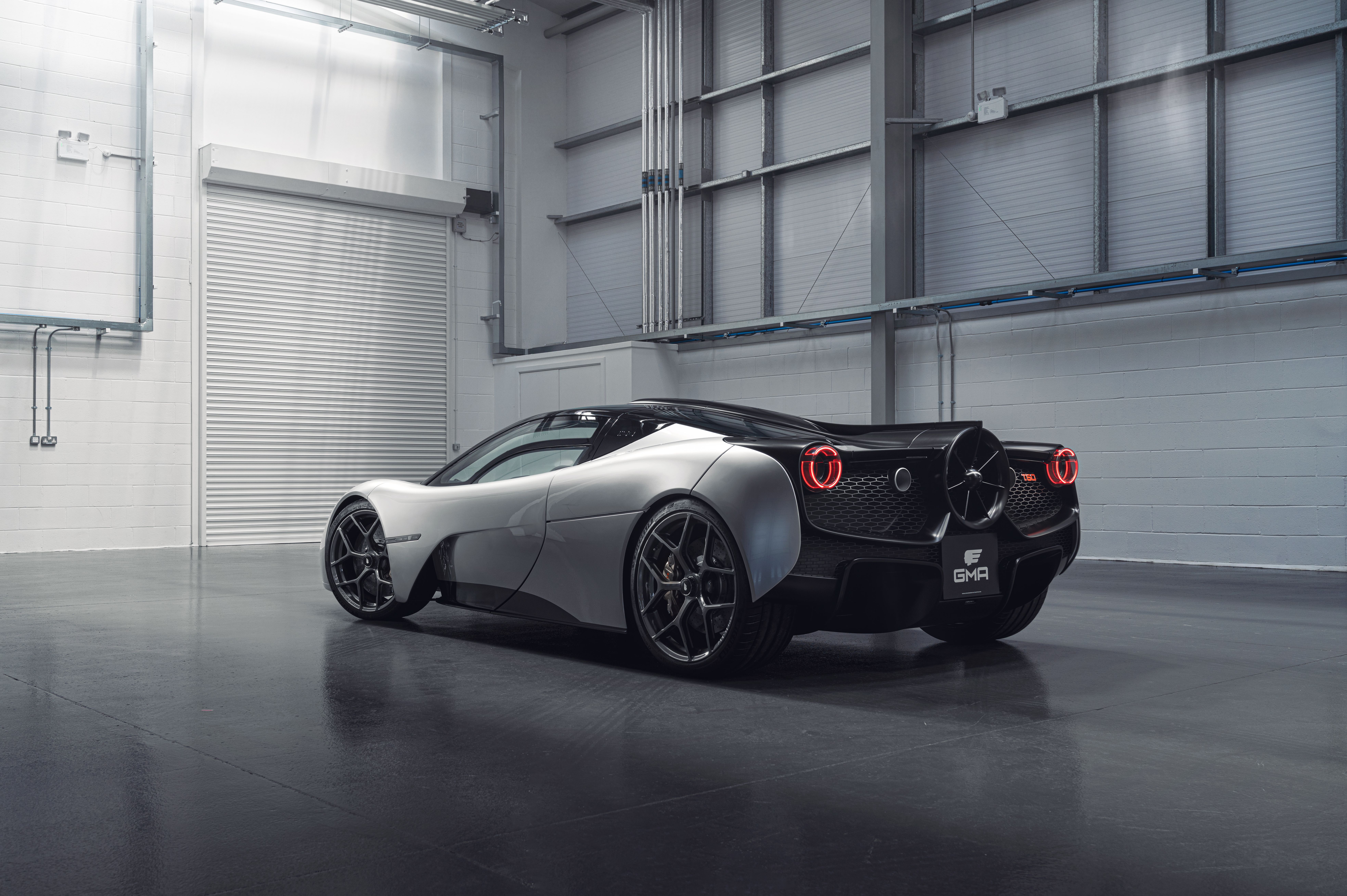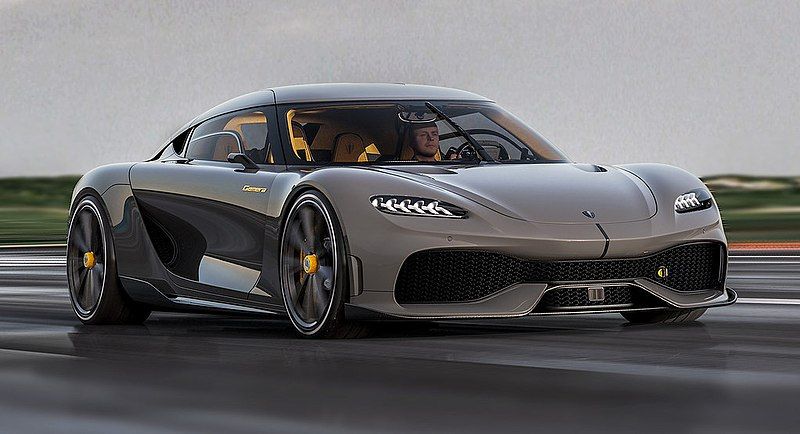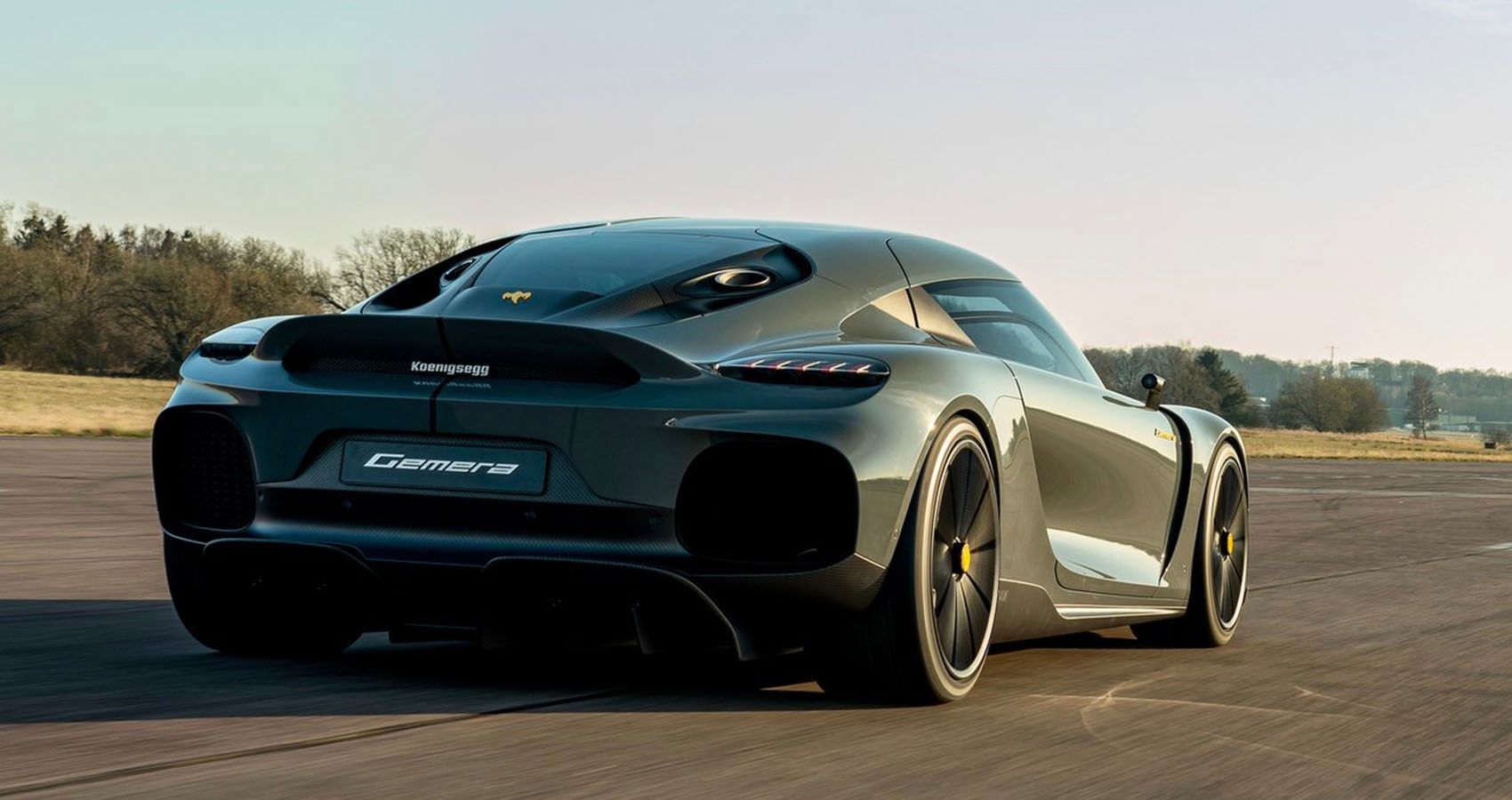The hypercar is the ultimate vehicle to show off speed and power. The original hypercar – the Lamborghini Countach – ignited an arms race that continues to this day as automakers from all over the world compete to hold the title of the fastest production car.
Since the 1970s, the hypercar wars saw some pretty great contenders rise up and eventually fall. Some of the best battles included the Porsche 959 and Ferrari F40 – both of which were pummeled by the McLaren F1 – and the more modern version of the same battle with the McLaren P1, Ferrari LaFerrari, and Porsche 918 Spyder. Between these greats were the Jaguar XJ220, the SCC Ultimate Aero, the Bugatti Veyron, the Hennessey Venom, the Koenigsegg Agera, and many more. Each of these cars pushed the boundaries of what we thought possible in a production car. Bugatti and Koenigsegg even got into a heated and highly entertaining skirmish regarding the 0-250-0 mph speed test.
While the era of outright internal combustion power is nearing its end, hypercars are still there to show the world what the technology is still capable of. Here are some of the coolest hypercars coming over the next few years.
9 Koenigsegg CC850
The Koenigsegg CC850 made headlines when it was announced a few months ago. Not only was it a new car inspired by the popular CC8S supercar from the early 2000s, but it also features new technologies pioneered by Koenigsegg.
The biggest talking point is the new type of transmission. It features 9-selectable ratios but can be either fully automatic or manual – with a clutch pedal – at the flip of the gear lever. The transmission ratios also change depending on the mode the car is in. This new transmission technology will debut in the production CC850 in 2024.
8 Pagani Utopia
The Pagani Utopia is the newest addition to the Pagani range, replacing the gorgeous Huayra. Contrary to rumors, the new Pagani hypercar will still be powered by an internal combustion engine – specifically a revised version of the 6.0-liter twin-turbo AMG V12 used in the Huayra.
The Utopia continues the classical Pagani styling, but with a new air of futurism and beautifully milled metal. The Utopia stunned everyone when it was announced that it won’t have the dual-clutch as in the Huayra, but a manual of all things. This is an awesome development as the Pagani Utopia, Koenigsegg CC850 and GMA T.50 will feature manual transmissions.
7 Aston Martin Valkyrie
The Aston Martin Valkyrie is finally gaining a production version after years of development. It was originally supposed to compete with the Mercedes-AMG One – also delayed until now – and showcases two sides of the same Formula One coin.
The Valkyrie features a 6.5-liter naturally aspirated Cosworth V12 mated to an electric motor to provide a KERS system for the road. The total system output will reportedly be well over 1,100 hp, sending all the power to the rear wheels only via a 7-speed automated-manual transmission.
6 Mercedes-Benz AMG One
Unlike the Aston Martin Valkyrie, the Mercedes-AMG One will have a more modest powerplant. Where the Valkyrie uses older F1 cars’ specifications blended with modern technology, the AMG One uses current tech. The engine is a 1.6-liter turbocharged V6 – the same as current F1 cars – mated to a series of electric motors.
The total system output is around the 1,000 hp mark, with power going to all four wheels via a 7-speed automated manual. The AMG One will feature a cruising mode, track attack mode, and top speed mode – with the latter featuring a DRS system to reduce high-speed drag. So far, the only bad thing about the AMG One is that the engine needs to be rebuilt every 30,000-odd miles.
5 Lotus Evija
The Lotus Evija has recently been announced as the world's most powerful production car. The Evija features quad electric motors – one at each wheel – to deliver 1,970 hp and 1,254 lb-ft of torque. The hypercar is able to accelerate from a standstill to 60 mph in under 3 seconds, continuing on to a top speed of above 200 mph.
The Evija features a 70 kWh battery, good for a range of around 250 miles – when driving normally. Exuberant driving will deplete the battery extremely quickly. While the 0-60 mph might seem a bit slow compared to the Tesla Model S Plaid, the Evija is tuned for mid-range acceleration, resulting in it hitting 186 mph from a standstill in just 9 seconds.
4 Hennessey Venom F5
The Hennessey Venom F5 is currently in its final testing phase and customer deliveries will soon begin. The Venom F5 is the successor to the famous Venom GT – a ridiculous top-speed monster loosely based on the Lotus Exige.
The Venom F5 features a 6.6-liter twin-turbo V8 – named Fury – producing 1,815 hp and 1,193 lb-ft of torque. The engine powers the rear wheels only via a 7-speed automated-manual transmission. The Venom F5 is limited to 24 units costing $2.1 million each – all of which have been sold.
3 Koenigsegg Jesko Absolute
The Koenigsegg Jesko is the Swedish firm’s most visceral car yet and the upcoming Jesko Absolut will be the fastest yet. Based on the normal Jesko Attack, the Absolut is stripped of all the downforce producing aero parts, leaving behind a hypercar with a drag coefficient of just 0.278 Cd.
The Absolut reduced the effective downforce from a ridiculous 3,086 lbs to just 331 lbs. According to Koenigsegg’s testing, the Absolut will have a top speed of 300 mph, with theoretical speeds touching the 330-350 mph mark. These claims have not yet been proven, and we will have to wait until Koenigsegg actually does an official run.
2 GMA T-50
The T.50 is the modern successor to the McLaren F1, featuring much of the same ideas – just with more modern technology. Designed, developed, and manufactured by Gordon Murray Automotive, the T.50 is the newest brainchild of the renown automotive genius, Gordon Murray. It even has a downforce-producing fan on the back!
The T.50 will feature the same three-seat layout as the F1, still fitted with a manual transmission. The engine is specially commissioned and built by Cosworth. The 4.0-liter naturally aspirated V12 produces around 650 hp and 344 lb-ft of torque. This doesn’t sound very hypercar-like compared to the rest of the segment, but the T.50 weighs in at just 2,100 lbs – by far the lightest of the lot.
1 Koenigsegg Gemera
Another Koenigsegg model, the Gemera brings the neck-jerking and outright speed of the hypercar to the whole family. That’s right, the Gemera is the world’s first truly 4-seater hypercar, limited to an impressive top speed of 250 mph. The Gemera incorporates all that Koenigsegg have learned over the years, including their FreeValve engine tech.
The vehicle features a 2.0-liter twin-turbocharged 3-cylinder engine that produces 590 hp on its own. Interestingly, the engine sits behind the rear passengers but powers the front wheels. The other 1,100 hp comes from three electric motors, resulting in a combined 1,700 hp and a 0-60 mph time of 1.9 seconds. The Gemera will have an electric-only mode, capable of 186 mph and a range of 50 miles. The next few years will see some of the fastest production cars ever made.

